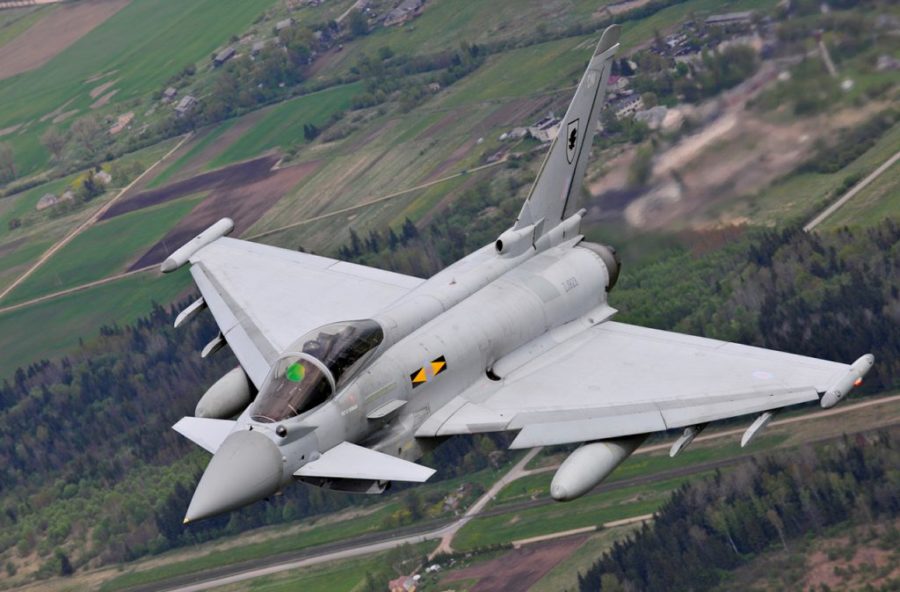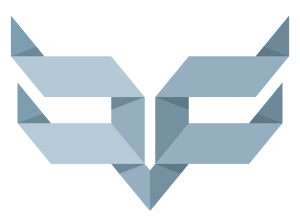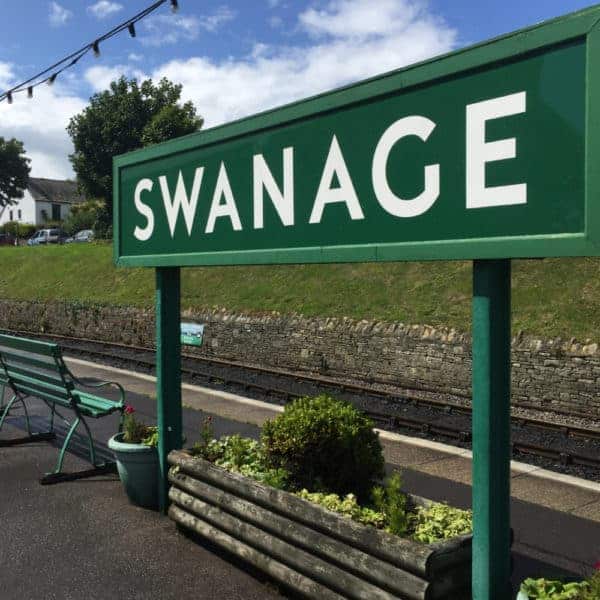
Drones and Low Flying Aircraft – Working Together

As well as running my own business, I also spend time working with National Drone Network – a national group that guarantees all of it’s registered pilots are qualified and legal as well as working to promote the drone industry and safe working practices for both professional and hobbyist pilots.
Part of this work brings me into contact with other organisations that work with or alongside drones and on this occasion, we were delighted to be interviewing Sqn Ldr Sam Hodgkinson about how the RAF and looking to share the airspace with drone users to make sure that everyone is kept safe.
As drones are legally not able to fly above 400 ft or within 1km of an airport (without specialist permissions), they are deconflicted with the majority of civilian aircraft. However, the military (along with police helicopters, the Air Ambulance and Power Line Insepction craft) have a need to conduct low flying exercises for training purposes and these can actually take place anywhere in the UK at any time – so not just near an RAF base as you might have thought. As they are using the airspace at a lower altitude, there is a chance that a drone flight might impact upon them and obviously it’s really important that we work together to minimise these risks and keep everyone sharing the airspace safely. This applies to hobbyist users as well as professional pilots so if you’re a UAV enthusiast then there are some details that you might want to make note of here!
The RAF have put together a set of guidelines along with a special hotline to use when you’re flying to make sure you have the most up to date information regarding low flying activity in your area which we’re delighted to add to our pre-flight safety checks to make sure that we get great images and footage for our clients in the safest possible way.
Sharing the Airspace with Low Flying Aircraft
If you’re flying a drone, then here’s the guidelines that you might be interested in…
- Always fly according to the CAA Drone Code
- Contact 0800 515 544 as part of your flight planning to speak to a dedicated operator who will add your flight to their planning software and inform you of any scheduled low flying activity in your area.
- Listen and look for aircraft during your flight
- Wear high visibility while you fly – it is easier for pilots with limited visibility to spot than a drone in the air
- Descend your drone immediately if you believe there are low flying aircraft in the area and land it as soon as you can.
Sharing the Airspace with Low Flying Aircraft
If you’re flying a drone, then here’s the guidelines that you might be interested in…
- Always fly according to the CAA Drone Code
- Contact 0800 515 544 as part of your flight planning to speak to a dedicated operator who will add your flight to their planning software and inform you of any scheduled low flying activity in your area.
- Listen and look for aircraft during your flight
- Wear high visibility while you fly – it is easier for pilots with limited visibility to spot than a drone in the air
- Descend your drone immediately if you believe there are low flying aircraft in the area and land it as soon as you can.

Drone Services Enquiry
Thermography|Inspections|Solar|Photogrammetry|Filming|Photography
Discover how drone technology can enhance your operations with a free quotation from our experts. Get a Free Quote or Make an Enquiry Today!










